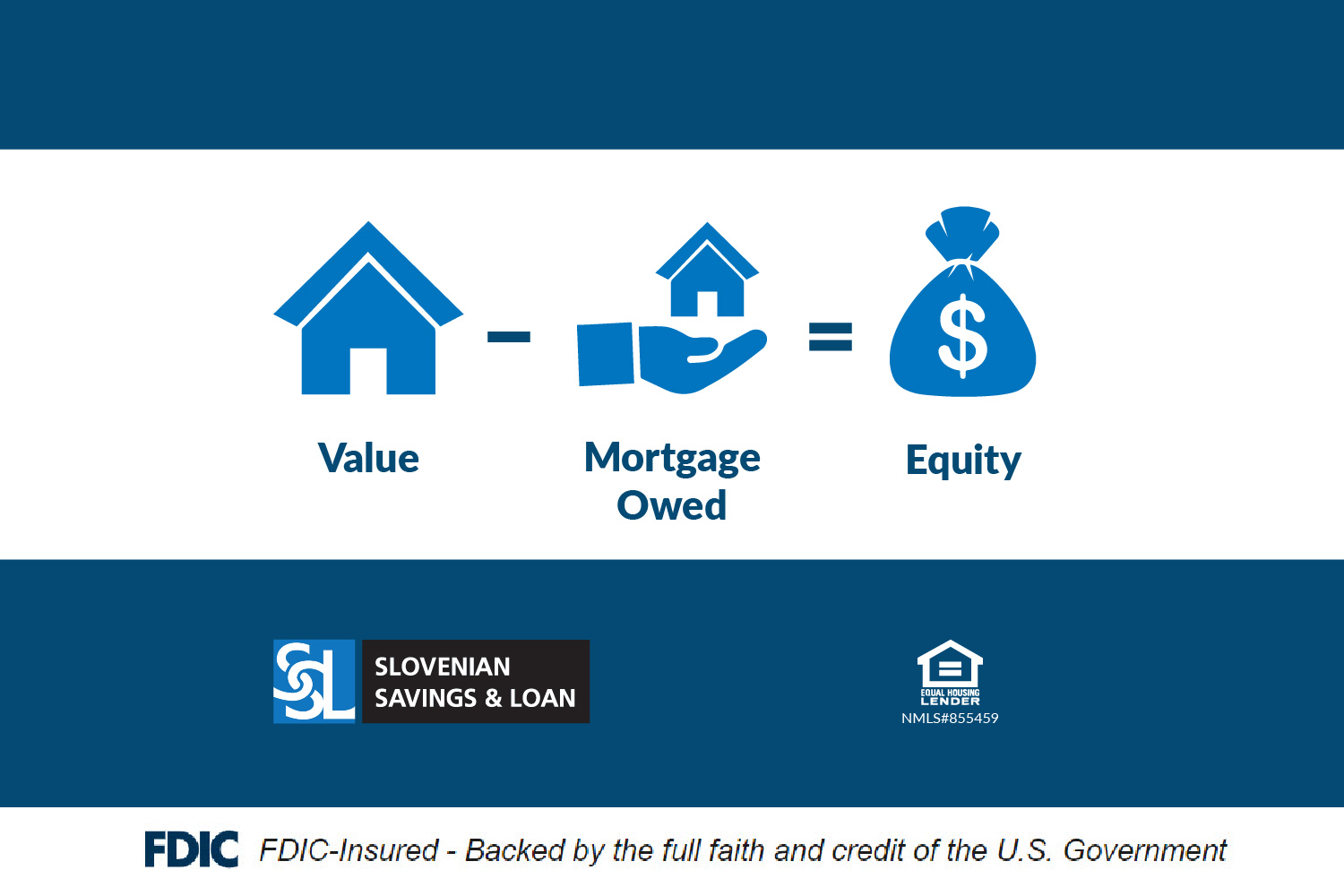How Equity Release Mortgages Work with Legacy Preparation
How Equity Release Mortgages Work with Legacy Preparation
Blog Article
Checking Out the Different Types of Equity Release Mortgages Available Today
Equity Release mortgages present various choices for home owners aged 55 and over. equity release mortgages. These monetary products deal with various demands and choices, allowing individuals to accessibility funds from their building. From lifetime home mortgages to shared admiration home loans, each type uses distinctive advantages. Recognizing these alternatives is important for making informed choices. What factors should one take into consideration when choosing one of the most ideal equity Release strategy? The information that comply with might clarify this important subject
Comprehending Equity Release Mortgages
Equity Release home loans give home owners, normally those aged 55 and over, with a method to access the worth locked up in their residential property without needing to sell it. This economic option enables people to convert a section of their home equity into cash, which can be utilized for numerous purposes, such as home enhancements, repaying financial obligations, or financing retirement.Equity Release can take different forms, but it basically involves borrowing versus the worth of the home while preserving ownership. Home owners can pick to get a round figure or a series of smaller sized payments, depending on their monetary requirements and preferences.Additionally, the amount offered for Release is affected by the residential or commercial property's worth, the house owner's age, and certain lending institution standards. On the whole, recognizing equity Release mortgages is vital for homeowners to make educated choices regarding touching into their home's equity while thinking about the lasting ramifications.
Lifetime Mortgages
Life time home loans represent among one of the most popular forms of equity Release. This financial item allows homeowners, typically aged 55 or older, to obtain against the worth of their building while retaining possession. The loan, which is secured against the home, accumulates passion gradually however does not require month-to-month payments. Instead, the finance and accumulated passion are paid off when the home owner passes away or moves right into long-term care.Lifetime home loans supply adaptability, as consumers can select to get a lump sum or select a drawdown facility, accessing funds as needed. Notably, numerous strategies included a no-negative-equity guarantee, making sure that borrowers will never owe greater than the value of their home. This attribute provides comfort, enabling individuals to appreciate their retirement without the fear of depleting their estate. Generally, life time home loans function as a viable choice for those looking for financial backing in later life.
Home Reversion Program

Drawdown Life Time Mortgages
While numerous homeowners look for methods to access their wealth, drawdown lifetime home loans offer a flexible alternative that allows people to Release funds progressively. This type of equity Release home mortgage makes it possible for homeowners to obtain versus the worth of their residential property while maintaining ownership. Unlike traditional lifetime home loans, drawdown plans permit debtors to access a portion of their equity upfront and withdraw additional funds as required, approximately a fixed limit.This feature can be especially beneficial for those that wish to handle their funds carefully, as it decreases interest accumulation by just charging rate of interest on the amounts attracted. In addition, drawdown lifetime mortgages typically feature a "no adverse equity warranty," making sure that borrowers will certainly never owe more than their home's value. This option matches retired people that desire monetary safety and security and flexibility, permitting them to fulfill unexpected expenditures or keep their way of life without needing to market their building.
Improved Life Time Mortgages
Improved Life time Home loans supply unique benefits for eligible homeowners looking for to Release equity from their residential or commercial properties. Recognizing the qualification standards is vital, as it identifies that can gain from these specialized financings. Nonetheless, it is also crucial to assess the prospective downsides associated with boosted options, ensuring a well-shaped perspective on their use.
Qualification Standards Explained
Understanding the qualification criteria for Improved Lifetime Mortgages is important for prospective applicants seeking to access the equity in their homes. Usually, candidates have to be aged 55 or older, as this age need is basic in the equity Release market. House owners ought to have a residential or commercial property valued at a minimal threshold, which can vary by lender. Notably, the residential property has to be their primary residence and in excellent problem. Lenders usually examine the homeowner's health status, as certain wellness conditions may enhance eligibility and benefits. Furthermore, candidates must not have existing significant financial debts secured against the building. Fulfilling these standards permits people to explore Boosted Life time Home loans as a viable option for accessing funds locked up in their homes.
Benefits of Improved Mortgages
After clarifying the eligibility criteria, it comes to be obvious that Improved Life time Home mortgages offer numerous significant benefits for property owners aiming to take advantage of their building equity. Primarily, they give accessibility to a bigger lending quantity compared to common life time home mortgages, benefiting those with health conditions or age-related factors that raise their life span risk. This boosted borrowing ability allows property owners to fulfill various economic demands, such as home renovations or retirement expenses. Furthermore, these mortgages normally come with flexible repayment alternatives, making it possible for customers to manage their finances better. The no-negative-equity warranty better ensures that homeowners will certainly never ever owe more than their residential or commercial property's value, providing tranquility of mind. Overall, Improved Lifetime Home mortgages provide an engaging option see this website for qualified home owners looking for financial remedies.
Possible Drawbacks Taken Into Consideration
While Boosted Life time Home loans offer various benefits, prospective drawbacks warrant careful consideration. One significant problem is the influence on inheritance; the equity launched reduces the worth of the estate delegated recipients. In addition, these home loans can accrue substantial passion gradually, leading to a significant debt that might go beyond the original funding quantity. There might likewise be restrictions on property adjustments or rental, limiting homeowners' adaptability. Additionally, boosted items often need specific wellness problems, suggesting not all property owners will certify. Handling the costs and fees linked with these mortgages can be complicated, potentially leading to unforeseen costs. Therefore, people must completely analyze their situation and seek advice from financial experts before continuing.
Shared Gratitude Home Mortgages
Shared Recognition Home mortgages represent a special monetary plan that enables homeowners to gain access to equity while sharing future property worth enhances with the lender. This technique provides prospective benefits such as minimized month-to-month settlements, but it additionally features downsides that need to be carefully taken into consideration. Comprehending the eligibility demands is necessary for those thinking about this alternative.
Principle Review
Equity Release home mortgages, specifically in the kind of shared gratitude home loans, offer homeowners a special monetary option that allows them to gain access to funds by leveraging the value of their residential property. In this arrangement, a loan provider supplies a finance to the house owner, which is normally settled through a share of the residential or commercial property's future gratitude in value. This suggests that when the property owner markets the property or passes away, the lender obtains a portion of the enhanced value, instead of simply the first financing amount. Shared appreciation home mortgages can be appealing for those aiming to supplement their earnings or money substantial expenses while maintaining ownership of their home. The economic implications of shared admiration must be thoroughly taken into consideration by prospective customers.
Drawbacks and benefits
Although common gratitude home mortgages can provide considerable financial advantages, they additionally come with noteworthy disadvantages that prospective consumers need to think about. These home mortgages allow home owners to access equity in their residential or commercial properties while sharing a part of any type of future appreciation with the lender. This plan can be helpful during times of increasing property worths, supplying substantial funds without regular monthly repayments. The main disadvantage is the potential loss of equity; homeowners may end up with substantially lowered inheritance for successors. Additionally, the complexity of the terms can bring about misunderstandings regarding payment responsibilities and the percent of recognition owed. For that reason, it is crucial for debtors to weigh these variables thoroughly prior to committing to a shared gratitude mortgage.
Eligibility Demands
What requirements must house owners meet to receive a common gratitude home mortgage? Mainly, prospects have to go to least 55 years old, guaranteeing they are within the target demographic for equity Release items. Furthermore, the residential property must be their primary house and typically valued above a specified minimum threshold, often around ? 100,000. Lenders also assess the house owner's financial situations, including revenue and arrearages, to determine they can handle the home loan properly. Significantly, the home needs to remain in excellent condition and without significant legal encumbrances. House owners should also have a clear understanding of the terms, including exactly how recognition will be shown to the lending institution upon sale or transfer of the home, as this impacts total returns.
Choosing the Right Equity Release Choice

Regularly Asked Concerns
What Age Do I Need to Be for Equity Release?
The age need for equity Release typically begins at 55 for many plans. Nonetheless, some carriers may use options for those aged 60 and above, reflecting varying terms based on individual scenarios and lending institution plans.
Will Equity Release Influence My Inheritance?
Equity Release can impact inheritance, as the quantity borrowed plus passion minimizes the estate's value. Successors may obtain less than prepared for, depending on the residential or commercial property's appreciation and the total financial obligation at the time of passing.
Can I Move Home With Equity Release?
The inquiry of relocating residence with equity Release occurs regularly. Generally, people can transfer their equity Release strategy to a new building, yet details terms may use, needing appointment with the lender for assistance.
Exist Fees Connected With Equity Release Mortgages?
Costs related to equity Release home mortgages can include setup charges, assessment charges, and legal expenses. In addition, there might be early repayment charges, which can influence the general price and monetary ramifications for the borrower.
Exactly How Does Equity Release Effect My Tax Circumstance?
Equity Release can impact one's tax circumstance by possibly increasing taxed income, as launched funds are thought about capital. It typically does not incur instant tax obligation obligations, making it crucial to speak with a monetary expert for personalized support.
Final thought
In summary, the range of equity Release mortgages readily available today offers homeowners aged 55 and over several pathways to access their building's worth - equity release mortgages. Whether choosing a life time home loan, home reversion strategy, or various other alternatives, each alternative presents distinctive advantages tailored to private monetary demands. Mindful factor to consider and consultation with a financial expert are vital to assure the chosen equity Release remedy straightens with financial situations and individual goals, ultimately assisting in educated decision-making for a safe and secure financial future. Equity Release mortgages existing different choices for property owners aged 55 and over. Equity Release home loans provide property owners, normally those aged 55 and over, with a way to access the worth linked up in their property without needing to offer it. Improved Lifetime Mortgages offer distinct advantages for eligible homeowners looking for to Release equity from their buildings. Equity Release home loans, specifically in the kind of shared recognition mortgages, provide homeowners an unique monetary solution that enables them to accessibility funds by leveraging the worth of their residential or commercial property. In summary, the selection of equity Release home loans offered today provides homeowners aged 55 and over numerous pathways to access their home's value
Report this page